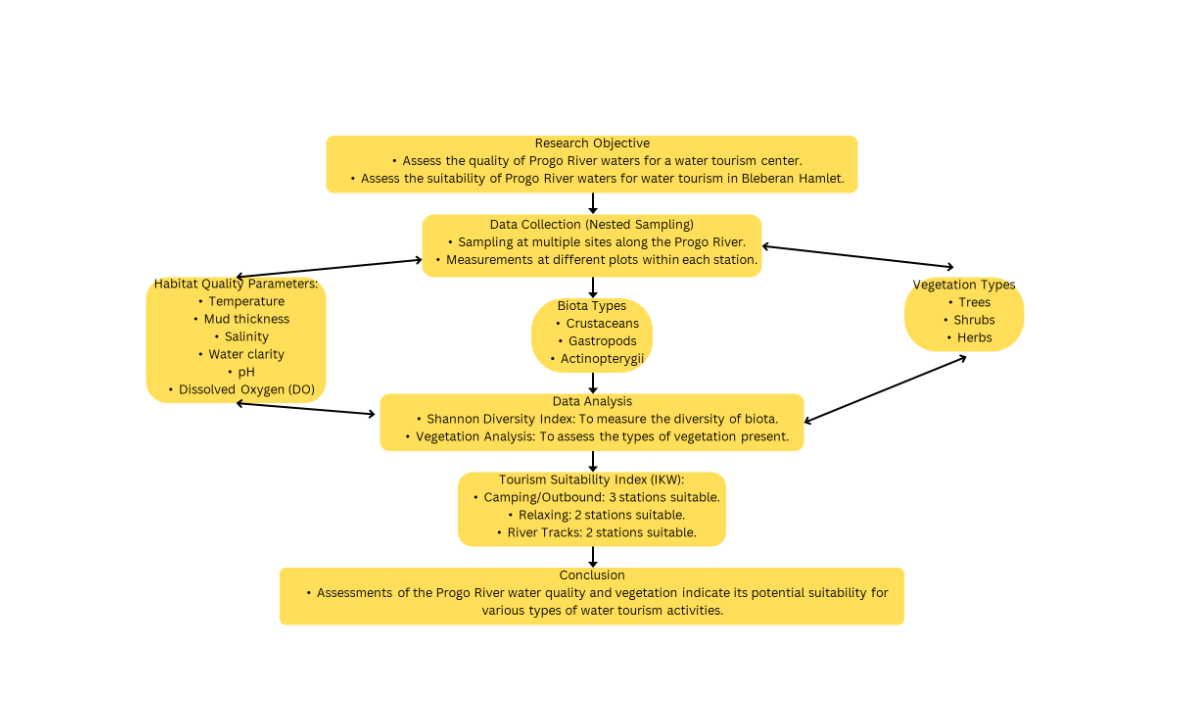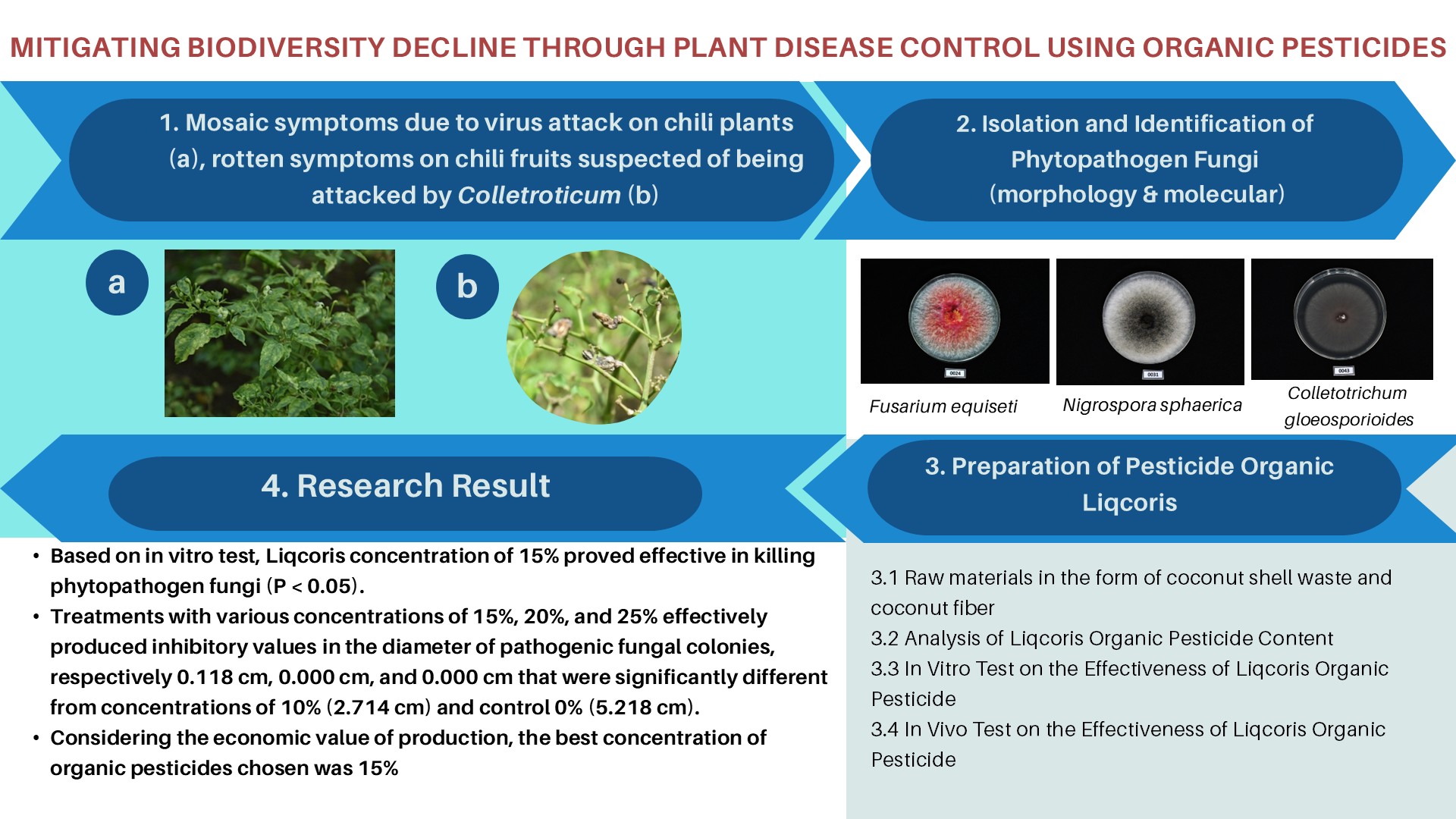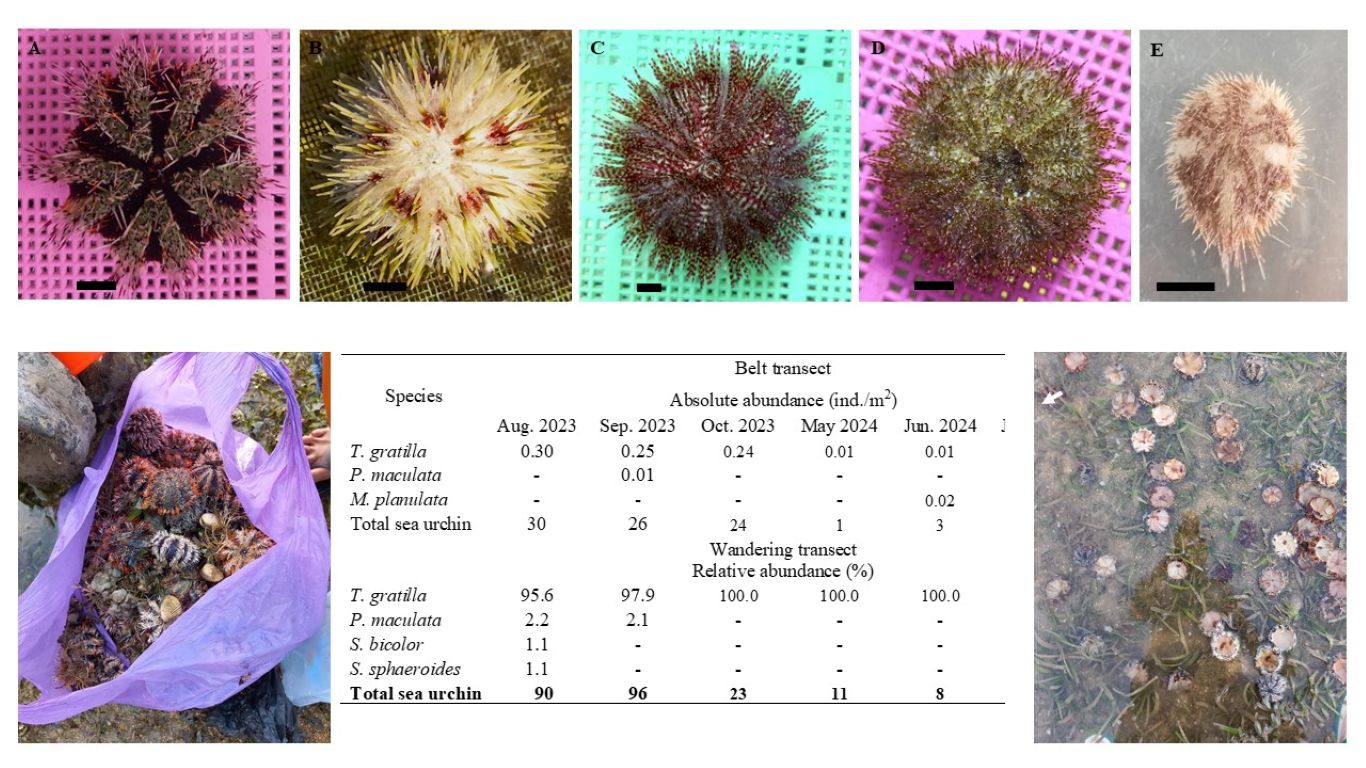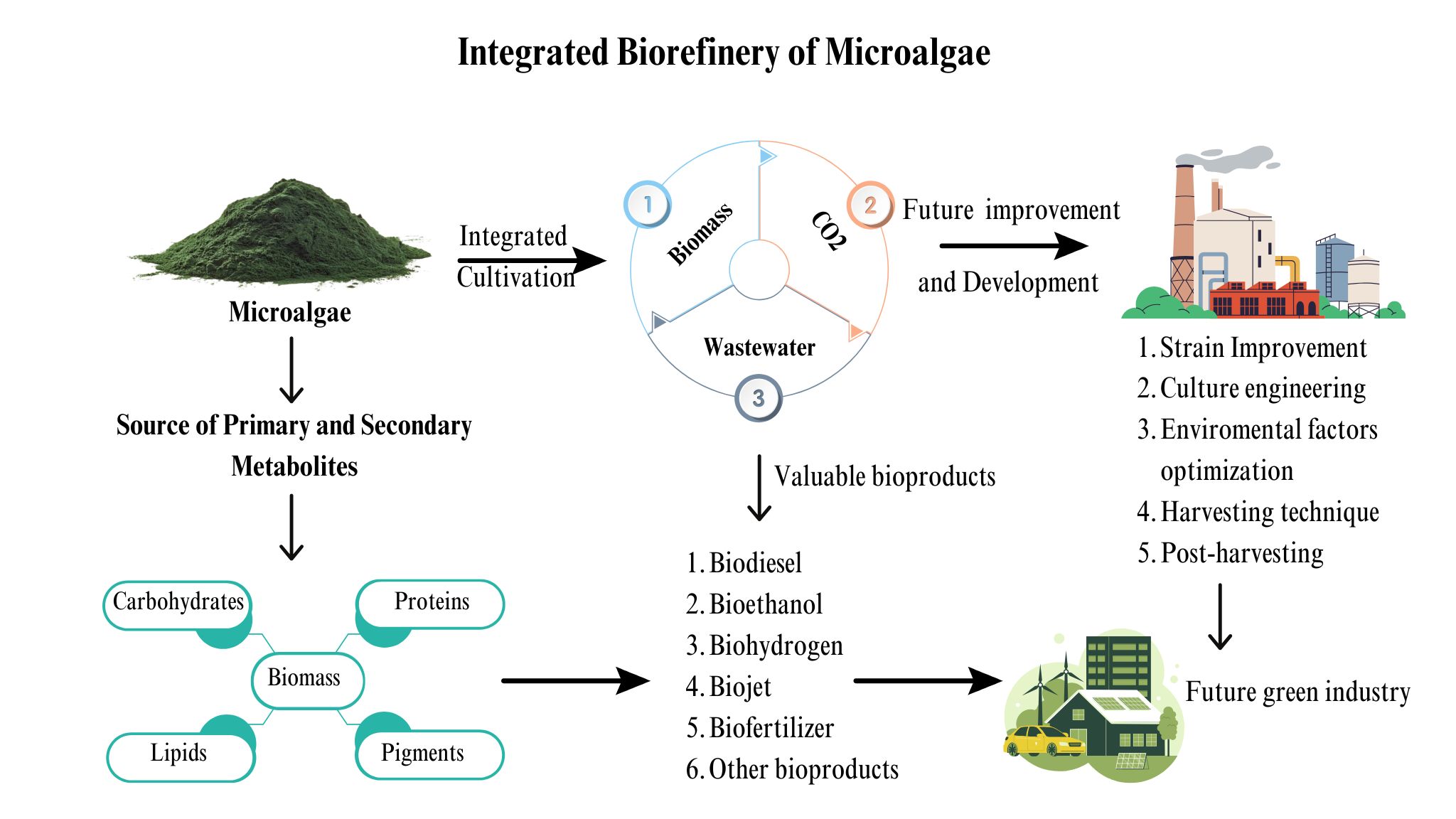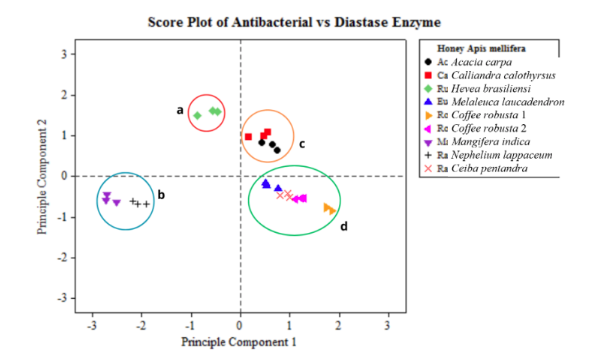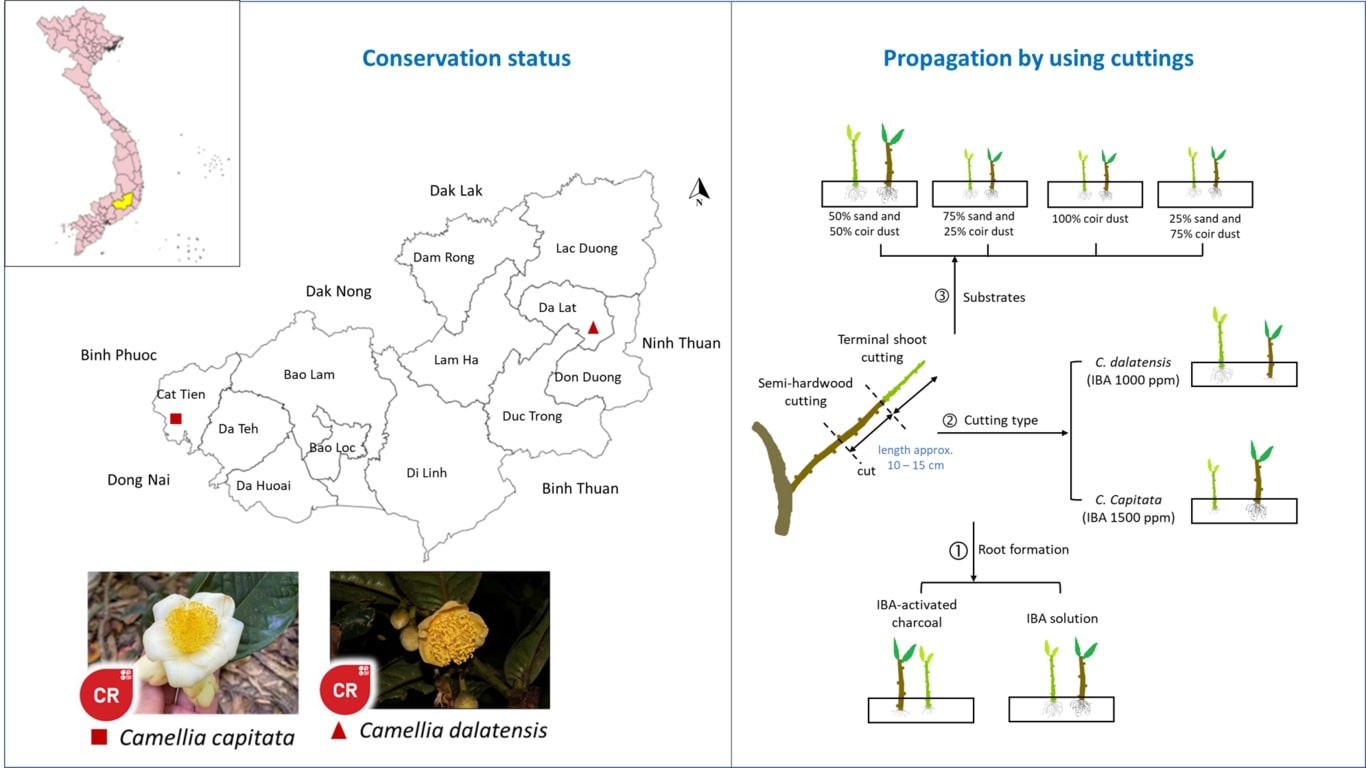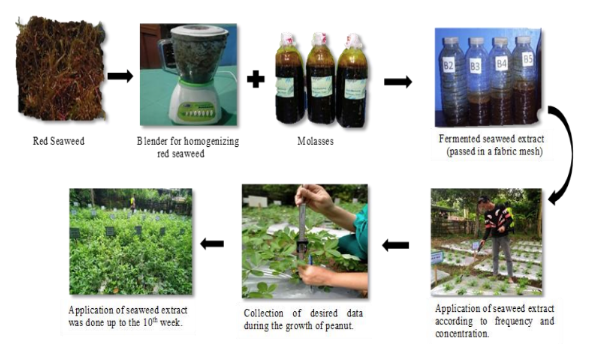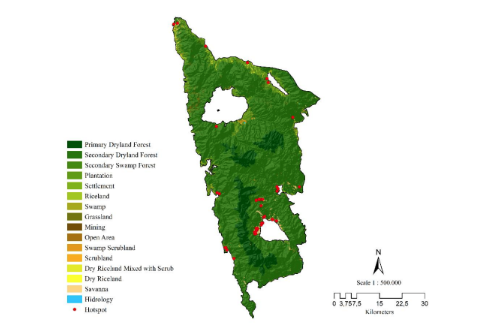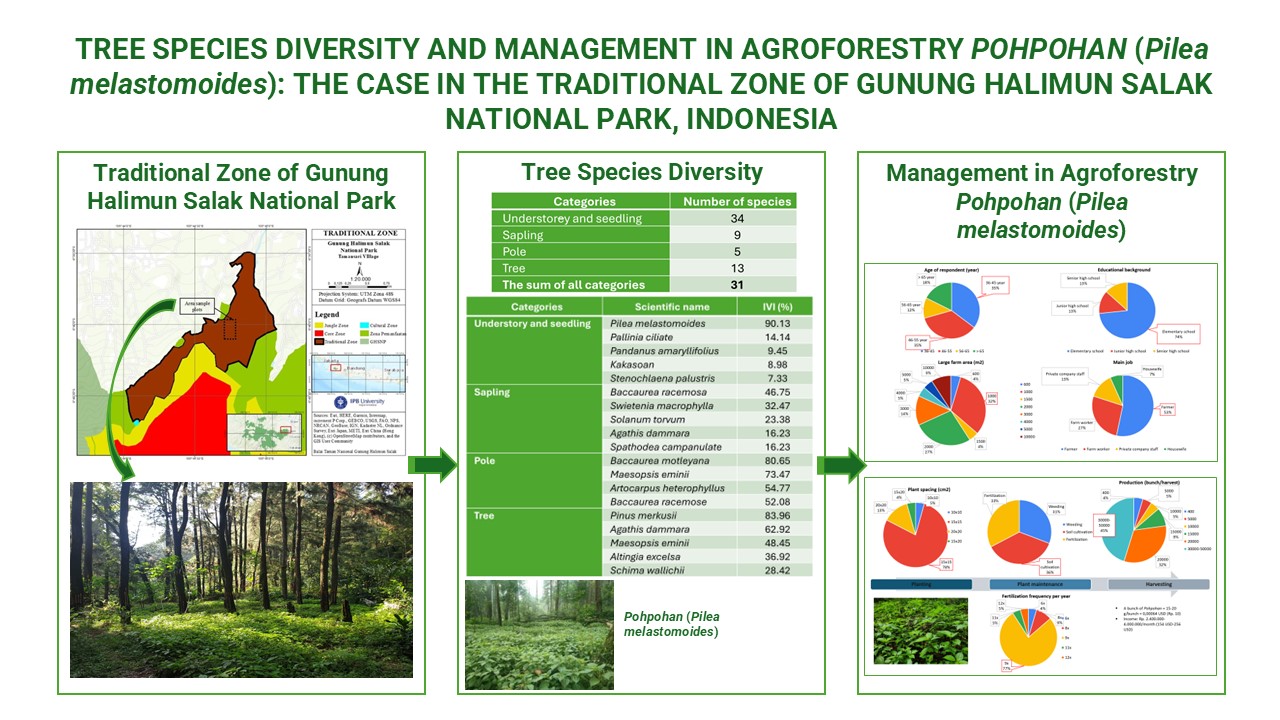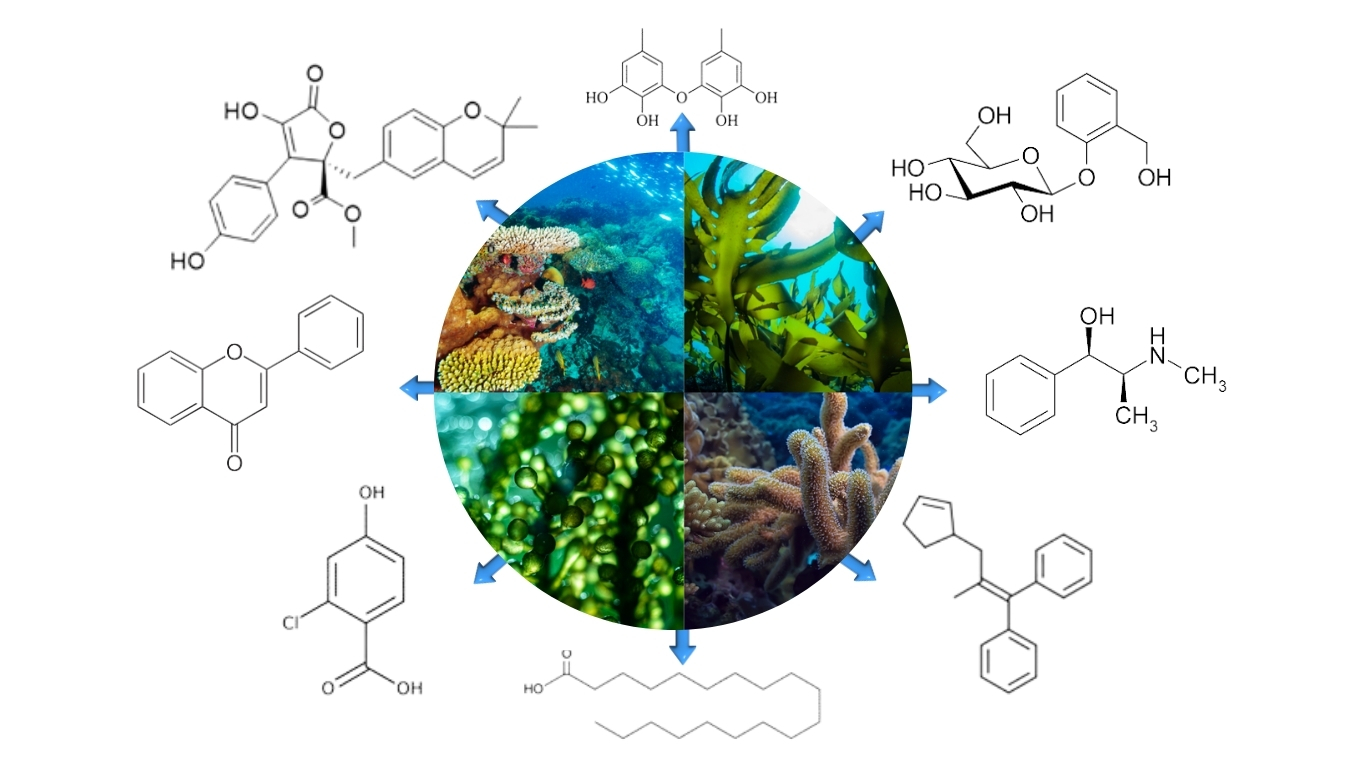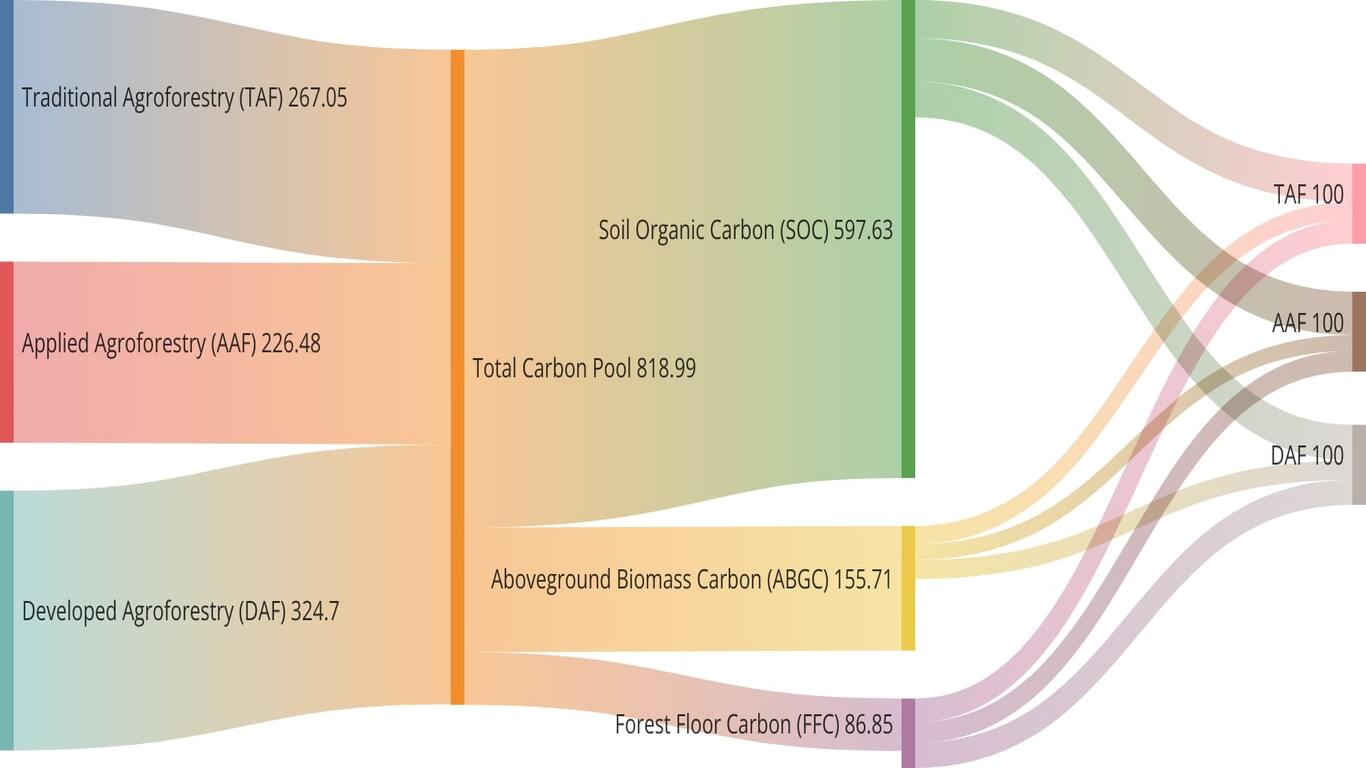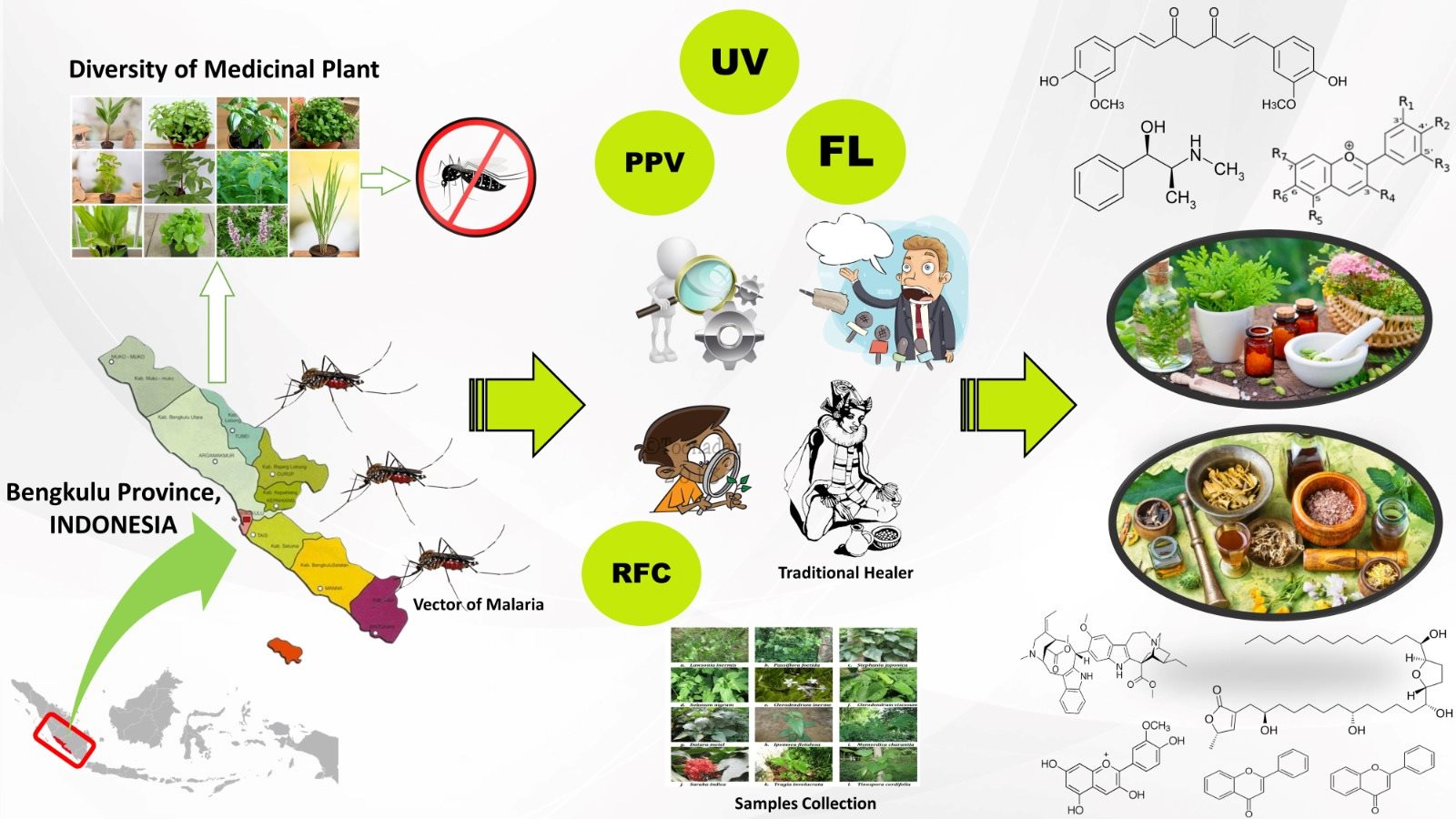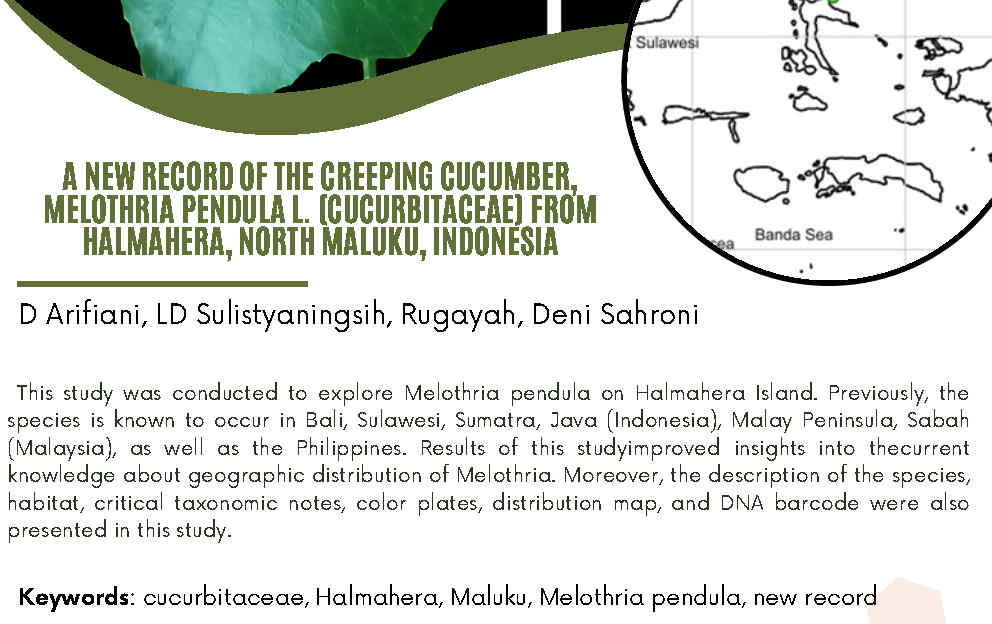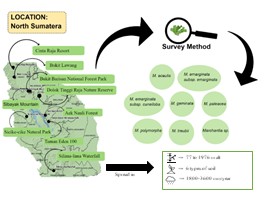REMOVAL EFFICIENCY OF NITROGEN, PHOSPHORUS AND HEAVY METALS ASSOCIATED WITH SWINE WASTEWATER USING AQUATIC MACROPHYTES
Wastes from breeding farms have globally increased greenhouse gases and caused a serious pollution to aquatic environments. Biogas treatment polymer bags could significantly reduce organic compounds; however, they could not effectively treat other pollutants in animal wastewater. The objective of this study was to assess removal efficiency of salinity and pollutants associated with pig wastewater using aquatic macrophytes. Four macrophytes namely Acrotichum aureum, Eleocharis dulcis, Typha domengensis, and Limnophyton obtusifolium and a soil control without vegetation were randomly assigned into fifteen mesocosms (1.2 x 0.7 x 0.6m) with 3 replicates for each treatment. Pig wastewater was filled continuously into input chambers of mesocosms in every three day with 5 liters. Water samples were collected from output chambers with 60 and 120 days after treatment while soil and vegetation samples were collected at the beginning and the end of the experiment. The results showed that E. dulcis, T. domengensis, and L. obtusifolium were dominant in removal of N, P, Cu and Zn and suspended solids as well; E. dulcis and T. domengensis significantly increased the dissolved oxygen; whereas the treatment of
L. obtusifolium species showed the best efficiency in salt-ion removal. Pollutants of N, P, Cu and Zn tend to accumulate more in the macrophyte roots than in their leaves. Accumulation of N, P, Cu and Zn in the
L. obtusifolium’s biomass is the highest compared with other treatments. From findings, it is suggested that a combination of three aquatic macrophytes including E. dulcis, T. domengensis, and L. obtusifolium could establish a constructed wetland system to directly treat pollutants of livestock wastewaters
Downloads
Ab-Halim MH, Anuar AN, Jamal NSA, Azmi SI, Ujang Z, Bob MM. 2016. Influence of high temperature on the performance of aerobic granular sludge in biological treatment of wastewater. J EnvironManag 184: 271–280. https://doi.org/10.1016/j.jenvman.2016.09.079.
Adelaja O, Kyazze G, Keshavarz T. 2014. Effect of hydraulic retention time on the performance of a novel tubular MFC fed with petroleum hydrocarbons. NewBiotechnol 31: S98. https://doi.org/10.1016/ j.nbt.2014.05.1845.
Alisawi HAO. 2020. Performance of wastewater treatment during variable temperature. ApplWaterSci 10(4): 89-94. https://doi.org/10.1007/s13201-020-1171-x.
Anning AK, Korsah PE, Fordjour P. 2013. Phytoremediation of wastewater with L. flava, Thalia geniculata and Typha latifolia in constructed wetlands. Int J Phytorem 15: 452–464.
Bozorg-Haddad O, Delpasand M, Loáiciga HA. 2021. Water quality, hygiene, and health. In Bozorg-Haddad O. Editor. Economical, Political, and Social Issues in Water Resources. p. 217-257. Elsevier. https://doi.org/10.1016/B978-0-323-90567-1.00008-5.
Cang L, Wang Y, Zhou D, Dong Y. 2004. Heavy metals pollution in poultry and livestock feeds and manures under intensive farming in Jiangsu Province of China. Chinese J EnvironSci 16(3): 371-374.
Chang J, Liu B. 2002. Swine wastewater treatment in anaerobic digesters with floating medium. AmSocAgricEng 45(3): 799–805.
Chung YJ, Choi HN, Cho JB, Park SK. 2004. Treatment of swine wastewater using MLE process and membrane bio-reactor. WaterSciTechno 49: 443-450.
Dang TH, Nguyen TTT, Pham VT. 2014. Optimum of factors affecting to phosphate and ammonium reduction in pig wastewater. Proceeding of the 4th VNU - HCM International Conference for Environment and Natural Resources. Vietnam National University Ho Chi Minh city, Vietnam.
Dong R, Qiao W, Guo J, Sun H. 2022. Chapter 10 - Manure treatment and recycling technologies. In: Stefanakis A, and Nikolaou I, Editors. Circular Economy and Sustainability. Elsevier. p. 161-180.
FAO. 2014. Livestock's role in climate change and air pollution, issues and trends, available at website: ftp://ftp.fao.org/docrep/fao/010/a0701e/a0701e03.pdf.
Hooda PS, Edwards AC, Anderson HA, Miller A. 2000. A review of water quality concerns in livestock farming areas. SciTotalEnviron 250: 143-167.
Kulkarni SJ. 2016. A review on research and studies on dissolved oxygen and its affecting parameters. Int J ResRev 3(8): 18-22.
Lam TMN, Ngo TDT. 2013. Role of cattail in treatment of wastewater from intensively fishery ponds with a closed recirculation. Vietnam J Sci, Can Tho University Press 29: 31-36.
Marois DE, Mitsch WJ, Song K, Miao S, Zhang L, Nguyen CT. 2015. Estimating the Importance of Aquatic Primary Productivity for Phosphorus Retention in Florida Everglades Mesocosms. Wetlands 35(2): 357–368.
Mawdsley JL, Bardgett RD, Merry RJ, Pain BF, Theodorou MK. 1995. Pathogens in livestock waste, their potential for movement through soil and environmental pollution. ApplSoilEcol 2(1): 1-15.
Mitsch WJ, Zhang L, Marois D, Song K. 2015. Protecting the Florida Everglades wetlands with wetlands: Can stormwater phosphorus be reduced to oligotrophic conditions? EcolEng 80: 8-19.
Nguyen KL. 2010. Environmental pollution and solutions in livestock production, Vietnam. Department of Animal Health, Vietnam.
Nguyen T. 2009. Growth of the livestock sector in Vietnam. Available at website: http://www.voh.com.vn/kinh-te/nganh-chan-nuoi-tang-truong-binh-quan-dat-8-12-nam-181139.html.
Nguyen TH, Pham KL. 2012. Evaluation to a treatment effectiveness of pig wastewater by biogas plants at household level in Thua Thien Hue province, Vietnam J NatBiolSci, Hue University Press 73.
NRW Service Centre. 2007. Fact sheets: Measuring salinity. The State of Queensland’s Department of NatResourWater, Australia.
Pham QN. 2013. Studies on using Scripus littoralis to treat wastewater from Tan Binh Industrial Zone. Master thesis.
Rhoades JD, Chanduvi F, Lesch S. 1999. Soil salinity assessment: methods and interpretation of electrical conductivity measurement. FAO irrigation and drainage paper.
Shatat M, Al-Najar H. 2011. The impacts of temperature variation on wastewater treatment in the Gaza Strip: Gaza wastewater treatment plant as case study. In Conference of Water and Climate Change in the MENA-Region: Adaptation, Mitigation, and Best Practices. Berlin. Germany.
Shelef O, Gross A, Rachmilevitch S. 2013. Role of plants in a constructed wetland: current and new perspectives. Water 5: 405-419.
Suhendrayatna M, Andriani R, Fajriana Y. 2012. Removal of municipal wastewater BOD, COD, and TSS by phyto - reduction: A laboratory –scale comparison of aquatic plants at different species T. latifolia and S. pontaneum. Int J EngInnovativeTechno 2(6): 333-337.
Truong TC. 2010. Research on livestock wastewater treatment with biological method combined with mud flow. Vietnam J SciTechnoDev 13: 48-58.
USEPA. 2000. Manual: Constructed wetlands treatment of municipal wastewater. United States Environmental Protection Agency, EPA/625/R-99/010.
Vu DT, Lai TC, Nguyen VD. 2008. Evaluation to a treatment effectiveness of pig wastewater by biogas plants at farming level in the Red River Delta. Vietnam J SciTechnoDev 6: 556-561.
Vymazal J. 2011. Constructed wetlands for wastewater treatment: Five decades of experience. EnvironSciTechno 45: 61–69.
Xuan K. 2009. Pollution treatment and sustainable development of agriculture and rural areas. People's Newspaper.
YSI Incorporated. 2009. User manual: 6-Series multi-parameter water quality sondes.
Copyright (c) 2020 BIOTROPIA - The Southeast Asian Journal of Tropical Biology

This work is licensed under a Creative Commons Attribution-NonCommercial-NoDerivatives 4.0 International License.
Authors who publish with this journal agree with the following terms:
- Authors retain copyright and grant the journal right of first publication, with the work 1 year after publication simultaneously licensed under a Creative Commons attribution-noncommerical-noderivates 4.0 International License that allows others to share, copy and redistribute the work in any medium or format, but only where the use is for non-commercial purposes and an acknowledgement of the work's authorship and initial publication in this journal is mentioned.
- Authors are able to enter into separate, additional contractual arrangements for the non-exclusive distribution of the journal's published version of the work (e.g., post it to an institutional repository or publish it in a book), with an acknowledgement of its initial publication in this journal.
- Authors are permitted and encouraged to post their work online (e.g., in institutional repositories or on their website) prior to and during the submission process, as it can lead to productive exchanges, as well as earlier and greater citation of published work (See The Effect of Open Access).









